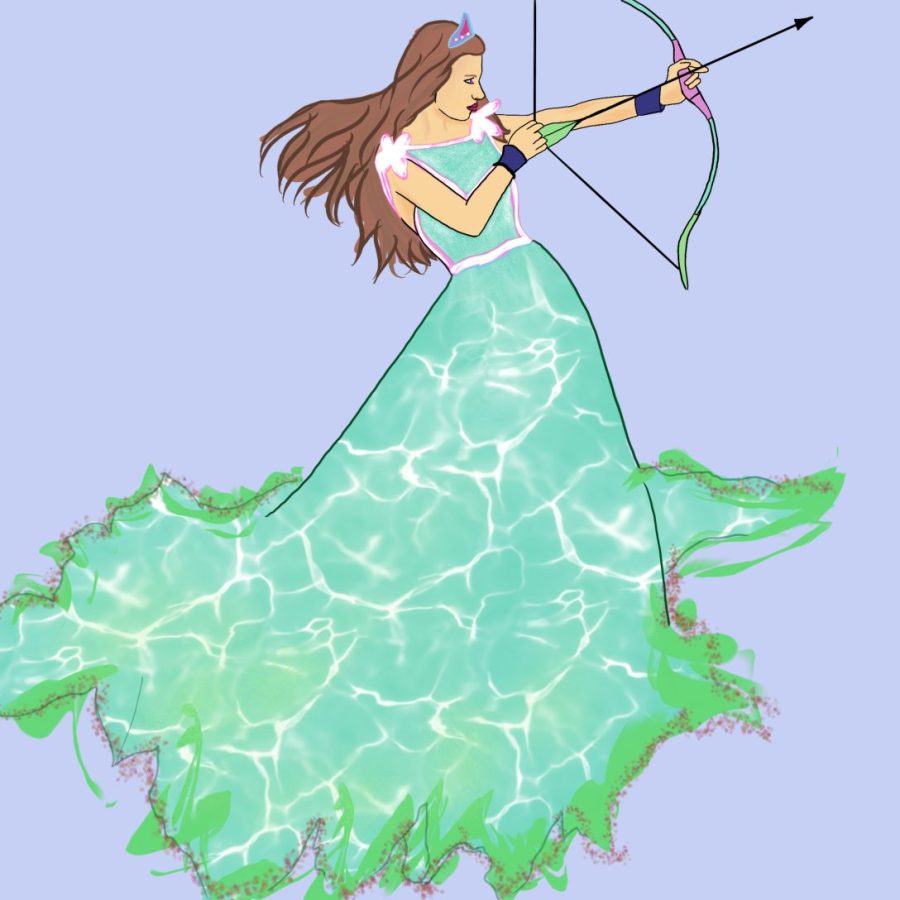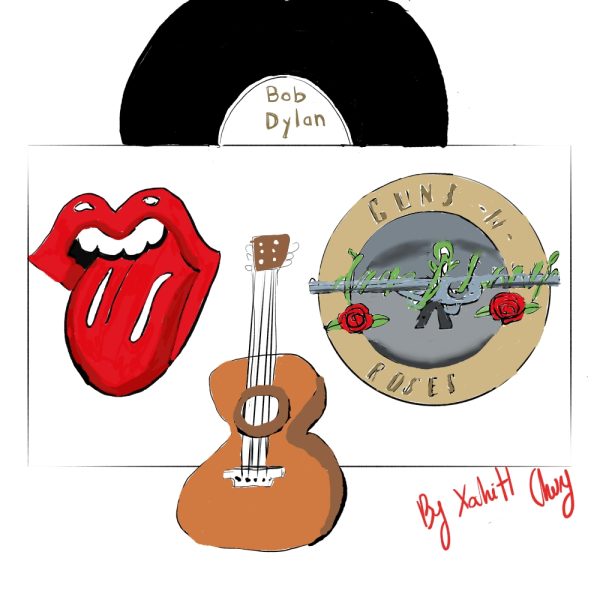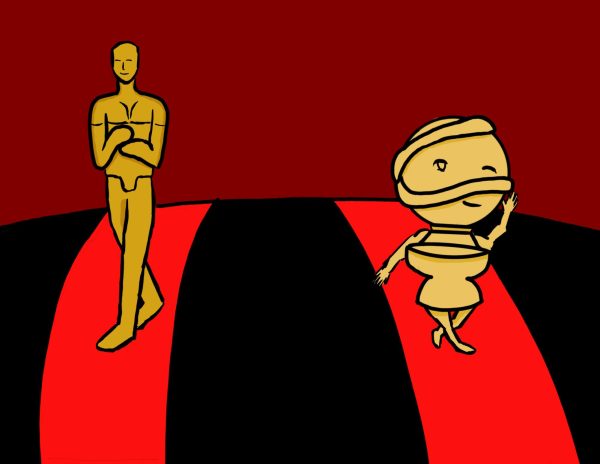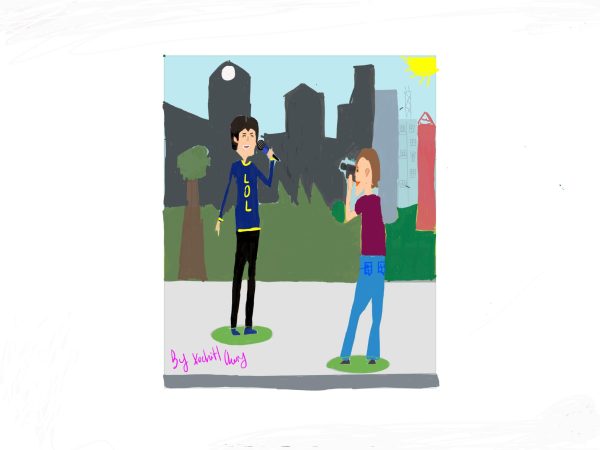Once upon a time in the land of… New York?!
Subverted fairy tales remind audiences that ‘happily ever after’ can take many forms
Of the many literary genres that exist in media, few are as stylistically bare bones yet so classical and fascinating as that of the fairy tale. The structure is usually fairly simple, with a protagonist using their kindness, cleverness, or beauty to overcome some great evil, being rewarded for it in the end, and the entire narrative culminating with the simple words, “and they all lived happily ever after.” Initially created centuries ago as lessons to children about the importance of morality, fairy tales have since evolved into becoming some of the most iconic, recognizable stories in all of literature, due to their appeal to multiple demographics and nostalgic familiarity. However, they have also paved the way for a new type of story all on its own: the subverted fairy tale.
A subversion, in the simplest of terms, is the uprooting of the expected. In literature, it occurs when a story appears to be very simple and predictable, but by the end of the story, everything is proven to be different than what it seems. In no genre does this style of writing come up more than in the retellings of fairy tales.
Many Broadway shows have been prime examples of subversions, mainly “Once Upon a Mattress” and “Into the Woods”. However, these two shows have different styles of subversion within them.
In “Once Upon a Mattress”, the characters are the ones who are subverted. Unlike in the traditional lead roles in similar fairy tales, where a fair damsel in distress is rescued by a dashing knight in shining armor, Princess Winifred is brassy, eccentric and boisterous, with the prince being quiet, reserved and lacking in confidence. The more traditional dynamic is still present, however, in supporting characters Lady Larkin and Sir Harry, which is meant to symbolize that even though the story is different, the elements of original fairy tales are still there.
“Into the Woods” also serves as an exemplification of this pattern, however the subversion has to do with the story rather than the characters, and is not made apparent right away. In the first act of the show, every fairy tale featured—such as Jack and the Beanstalk, Cinderella, Rapunzel, and Little Red Riding Hood—follows their simple, traditional path, and by intermission, it looks as though everything is indeed going to be happily ever after. However, within five minutes of the second act beginning, it becomes clear that the ending is a lot more complicated. A giant’s rampage, disloyal princes, and a witch’s unheeded warnings are just some of the trials the characters face to prove that even the heroes must face the consequences of their actions.
Not only do Broadway musicals engage in the style of fairy tale subversions, but film does as well, particularly animated family films. One of the most recognizable examples in animation is Dreamworks’ “Shrek” franchise. The film begins with the classic “once upon a time” narration complete with a CGI storybook, but it is quickly interrupted by the titular character sardonically remarking “Like that’s ever going to happen.” Not only does this exposition set up the seemingly traditional fairy tale world, but it also indicates how it will not be anything like how the audiences expect. Even in universe, supporting characters remark about how unusual the idea of an ogre and a donkey rescuing a beautiful princess is. However, despite all the differences within the movie—from the princess’s true form being an ogre to the dragon falling for the donkey—the ending is surprisingly accurate to how traditional fairy tales go: the villain is defeated, true love prevails, and everybody lives happily ever after.
Disney has made a name for itself through its critically acclaimed, classic fairy tale tellings, such as “The Little Mermaid” and “Beauty and the Beast.” Despite their reputation being centralized around these stories, though, they too engage in subversions. The most obvious example comes from their 2007 film “Enchanted,” whose sequel “Disenchanted” will premiere in late November. This time, the subversion comes entirely from the setting. Giselle, the textbook definition of a fairytale maiden, finds herself in the center of busy New York City after being tricked by a devious witch. As the movie progresses, she learns how to live in modern day Manhattan with the help of cynical single father Robert, but she also brings a little more magic and happiness to the lives of those around her.
Though subverted fairy tales have an alternative path, the ultimate message is identical to their more traditional counterparts: everyone, regardless of who they are, can forge their own paths and find true happiness.
Your donation will support the student journalists of Saint Viator High School. Your contribution will allow us to purchase equipment and cover our annual website hosting costs.








